Praise for a “faithful reconstruction” |
quoted from the description on “Authenticity” in the Advisory Body Evaluation on the nomination of “Gusuku and Related Heritage Sites of the Kingdom of Ryukyu” as a World Heritage property (ICOMOS, September 2000): |
Because of the strict standards of restoration and reconstruction that have been in force in Japan for more than a century, the level of authenticity of design and materials of the properties nominated is high. Care is taken to distinguish between original and restored or reconstructed structural elements and in the selection of materials for restoration. In a few cases of immediate post-war restoration using inappropriate materials, these either have been replaced or are clearly differentiated. All such projects are based on meticulous survey and research in advance of starting operations. The complete reconstruction of the state hall at Shuri-jô derives from scale drawings and photographs of the hall before it was destroyed by fire, cross-checked with extensive archaeological excavation. The result is an exact replica of the earlier structure, which is of great symbolic value in Okinawa. At Shikinaen, a similar process is being used in the accurate recreation of the garden of the royal villa. Underground archaeological remains are carefully excavated, recorded, and preserved in good condition, where necessary sealed by a layer of sterile soil or sand from structures reconstructed in situ and protected against any form of intervention from them. There are examples of this at Nakijin-jô and Shuri-jô. There is an equally high level of authenticity in terms of workmanship. Traditional techniques are employed extensively in all restoration and conservation projects. |

